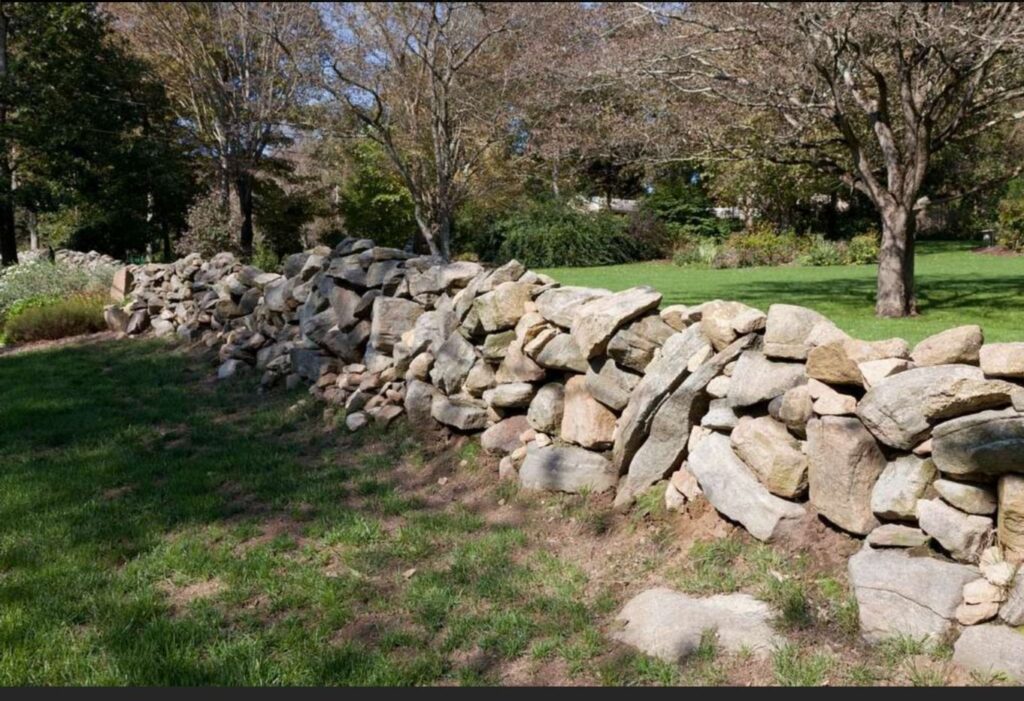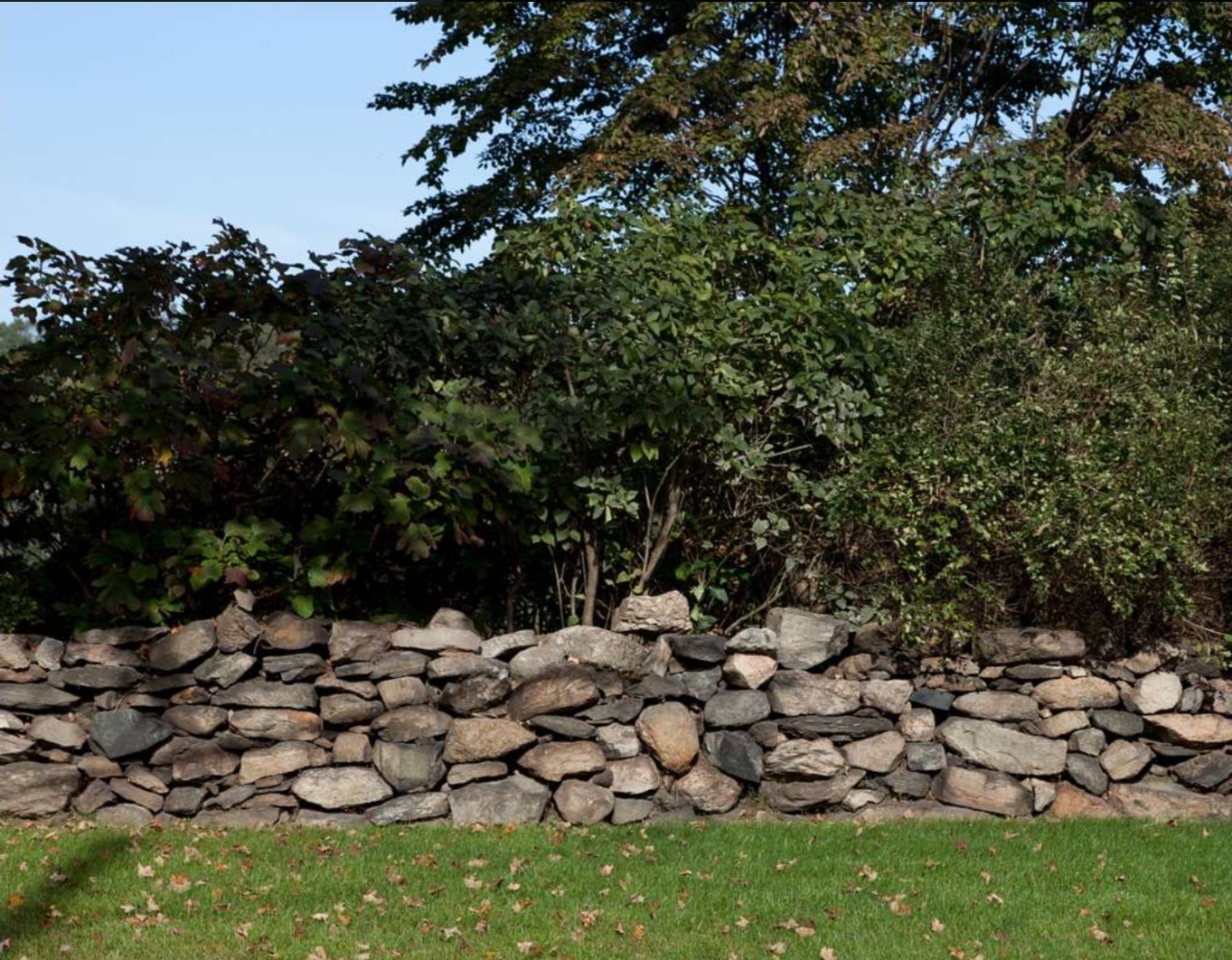Stone Walls of Massachusetts: A Glimpse into Westport’s Historic Landscape

Massachusetts is renowned for its rich history, picturesque landscapes, and charming New England architecture. One feature that often captivates visitors and residents alike is the extensive network of stone walls that crisscross the state. These stone walls serve as a living testament to the region’s agrarian past and provide a window into the history and culture of Massachusetts. In this post, we’ll explore the stone walls found throughout Massachusetts, with a particular focus on Westport, a coastal town in the southeastern part of the state.
A Brief History of Stone Walls in Massachusetts
The history of stone walls in Massachusetts dates back centuries, with the earliest walls being constructed by Native Americans and later by European settlers. These walls primarily served agricultural purposes, including marking property boundaries, containing livestock, and clearing land for farming. As settlers cleared forests and cultivated the land, they encountered an abundance of stones and rocks, which were carefully stacked to create the iconic New England stone walls we see today.
Characteristics of Massachusetts Stone Walls
- Dry Stone Construction: One of the distinctive features of these walls is that they are built without the use of mortar. This method, known as dry stone construction, relies on the precise placement of stones to create a stable and enduring structure. The art of dry stone construction has been passed down through generations, and it is an integral part of Massachusetts’ architectural heritage.
- Varied Styles and Structures: Stone walls in Massachusetts come in various styles and structures, ranging from simple, single-layer walls to intricate double-walled designs. The thickness, height, and arrangement of stones can vary, reflecting the different techniques and purposes for which they were built.
- Landscape Integration: These stone walls are seamlessly integrated into the landscape, forming a picturesque backdrop for the region’s scenic beauty. Often overgrown with moss and lichen, they lend a rustic charm to the countryside.
- Cultural Significance: Beyond their practical functions, stone walls hold cultural significance in Massachusetts. They represent the hard work and ingenuity of the early settlers who meticulously constructed them. These walls are a symbol of resilience and resourcefulness, as the settlers used the readily available natural materials to build enduring structures.
Stone Walls in Westport, Massachusetts
Westport, located in Bristol County, Massachusetts, boasts a particularly rich tapestry of stone walls. The town’s history is intertwined with the agricultural traditions that gave rise to these stone structures. Westport’s stone walls can be found throughout the town, but they are especially prominent in the other nearby rural and coastal areas. Here are some key aspects of Westport’s stone walls:
- Historical Significance: Westport’s stone walls are a tangible link to the town’s history. They often mark the boundaries of old farms and estates, some of which have been preserved and transformed into museums or historic sites. These walls have stories to tell about the people who once worked the land.
- Scenic Beauty: The stone walls in Westport contribute to the town’s scenic beauty. Visitors can enjoy driving or hiking along scenic routes that are lined with stone walls, providing a picturesque view of the countryside. The stone walls also blend seamlessly with the town’s coastal landscape.
- Preservation Efforts: Many individuals and organizations in Westport recognize the value of preserving these stone walls. Conservationists and historians work to maintain and restore these structures, ensuring that they continue to be a part of Westport’s heritage.
- Community Involvement: Some stone walls in Westport have been adopted by the community, where local residents come together to maintain and appreciate them. Community involvement not only helps preserve the walls but also fosters a sense of connection among Westport’s inhabitants.
Exploring Westport’s Stone Walls
If you’re interested in exploring the stone walls of Westport, Massachusetts, there are several ways to do so:
- Take a Scenic Drive: Drive along the winding country roads of Westport, and you’re likely to encounter numerous stone walls. The scenic views and historic charm are best enjoyed at a leisurely pace.
- Visit Historic Sites: Westport is home to several historic sites and farms that feature well-preserved stone walls. Places like the Handy House and the Westport Town Farm offer opportunities to learn about the history and significance of these walls.
- Hiking Trails: There are hiking trails in Westport that pass through areas with stone walls. These trails provide a more immersive experience and an opportunity to appreciate the walls up close.
Conclusion
The stone walls that crisscross Massachusetts, including those in Westport, are not only remarkable examples of dry stone construction but also living remnants of the region’s agrarian past. They hold cultural and historical significance, contributing to the picturesque beauty of the landscape. By exploring these stone walls, visitors and residents alike can connect with the past and gain a deeper appreciation for the heritage of Massachusetts.






